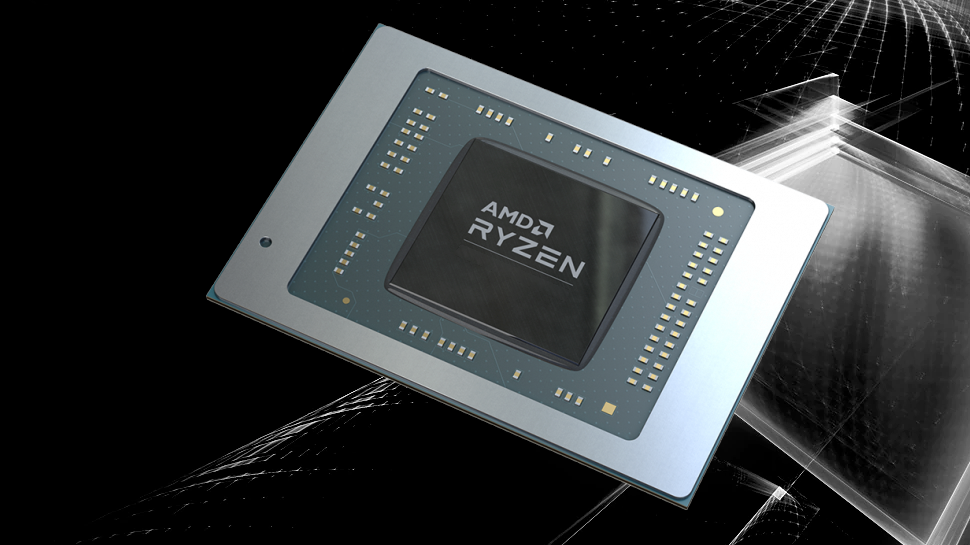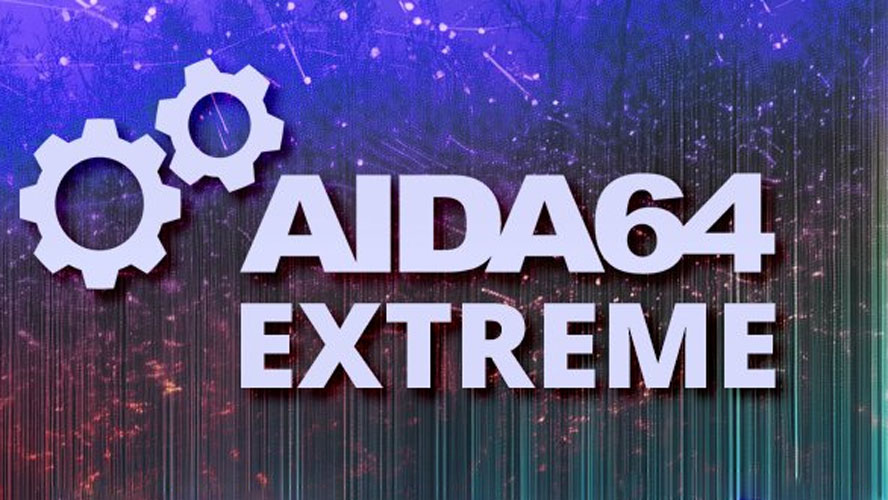Zen 6 Ryzen spotted in AIDA64 — latest software beta adds 'preliminary support' for next-gen AMD desktop processors
Typical AIDA64 preliminary support cadence points to a possible Computex 2026 launch.

There are some new signs of life in the next-gen AMD Ryzen development cycle. On Monday, Finalwire added “preliminary support for next-generation AMD desktop, server and mobile processors.” Yes, that means the system utilities development software team will have received some early information morsels about 'Ryzen 10000 series' processors, if AMD follows the expected naming convention that is. Twitter/X user HXL spotted the update, but at the time of writing, there has been yet another update to the latest beta mentioning processors such as the Intel Core Ultra 3 (AKA Arrow Lake-H/S) series.
https://t.co/hYg8NXF0F8 pic.twitter.com/qPvxav0GBsJune 3, 2025
As you can see, the first beta of the next-gen AIDA64 is graced by the preliminary support for AMD’s next-gen chips. However, before we go on, readers should be warned to rein in any excitement. Looking back at AIDA64's history, such an announcement typically comes around a year ahead of any product launch. Therefore, if this plays out as expected, 'Ryzen 10000' chips will likely be central to AMD’s product launch plans at Computex 2026.
Medusa Ridge coming to desktop
Even though it may be a year off, we have a few leaks-based information morsels about the 'Ryzen 10000' lineup that are worth summarizing here. On the desktop side of things, probably of greatest interest to our PC enthusiast audience, leaked info from March suggests upcoming Zen 6 architecture processors will remain compatible with the AM5 socket. These CPUs are apparently codenamed Medusa Ridge.
It would indeed be a great nugget of news for AM5 platform adoptees if it were to be confirmed that 'Ryzen 10000' chips would be compatible with the existing socket. Moreover, the potential move to 12-core chiplet dies (CCDs) with the next generation could be a major step for consumers.
We think it is likely that AMD will use TSMC's N3P (3 nm-class) process for its Zen 6-based products in 2026. With AMD’s 3D V-Cache packing processors proving to be a powerful lure to gamers, it is also expected to deliver Zen 6-based Ryzens into the X3D subfamily.
Will the 'Ryzen 7 10800X3D' be the next ‘gaming legend’ from AMD’s stables? Check out our Ryzen 7 9800X3D review to see the devastating mix of price and (gaming) performance it will have to eclipse.

Medusa Point on mobile
Recently, we also reported on some tantalizing next-gen AMD 'Ryzen 10000' mobile processor leaks. The so-called Medusa Point processors will reportedly carry up to 22 hybrid cores, based on Zen 6. However, these are likely even further away than the desktop chips based on Zen 6, with a launch window of late 2026 / early 2027 expected. Pushing Medusa Point back are AMD's plans for Gorgon Point (a Strix Point refresh) family, which will launch in the interim.
Get Tom's Hardware's best news and in-depth reviews, straight to your inbox.
Follow Tom's Hardware on Google News to get our up-to-date news, analysis, and reviews in your feeds. Make sure to click the Follow button.

Mark Tyson is a news editor at Tom's Hardware. He enjoys covering the full breadth of PC tech; from business and semiconductor design to products approaching the edge of reason.
-
dalek1234 Reply
I think it will be 8 cores.usertests said:I'd like to see 10-cores become the "low end".
6-core Zen-5 CPU's actually have 8 cores but 2 are disabled most likely because they are defective. That would mean they are disabling 25% of original cores.
Zen-6 will have a 12-core CCDs, so if you use the same math and disable 25% of those, you'll be disabling 3 cores. Can they disable 3 cores, or does it have to be an even number? If they have to disable 4 cores, then they will be left with 8 functional cores.
With that in mind, I think that the lowest core count CPU will be eight cores. -
usertests Reply
Yields are so high on these chiplets, that it's likely that "good" 8-core chiplets have become 6-core products. Or maybe only one core is bad, or the cores don't reach the highest clocks.dalek1234 said:6-core Zen-5 CPU's actually have 8 cores but 2 are disabled most likely because they are defective. That would mean they are disabling 25% of original cores.
So we've seen 75% enabled (2 cores disabled) for 6-core products. With Zen 6, the 10-cores will be ~83% enabled, also with 2 cores disabled. An 8-core would be ~67% enabled, 4 cores disabled. I think it's plausible that AMD does not bother making the 8-core because N2X yields for ~75mm^2 chiplets won't justify disabling four of the cores. But they may go for it to provide something for the budget users.
AMD can disable an odd number of cores. Some Epyc products enable only 1 core per chiplet for high clocks and easy management of the L3 cache (the core gets to use the whole 32 MiB without ever sharing). But they aren't likely to make a 9-core consumer product.
In MLID's leak, he claims the I/O die could house two new "LP" cores, with hyperthreading. So we may see 8+2/20T anyway... but it will perform kind of like a 9-core since the LP cores will be nearly half as fast. -
dalek1234 Replyusertests said:Yields are so high on these chiplets, ....
I missed the in I/O-die LP core variant in MILD's video. That would make for a great laptop chip for idle or low-level tasks. -
usertests Reply
It would even be nice to get power consumption down during idling, video playback, etc. on desktop.dalek1234 said:I missed the in I/O-die LP core variant in MILD's video. That would make for a great laptop chip for idle or low-level tasks.
Maybe there could be scheduling issues, but hopefully it can leverage the same work done to support the 2 LP-E-cores in Meteor Lake-H/U and Arrow Lake-H/U. Intel should be bringing these to desktop eventually, and I'm surprised they haven't already.